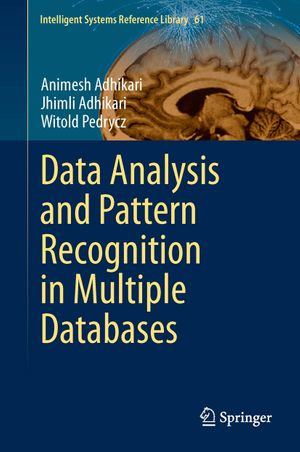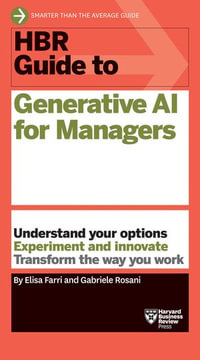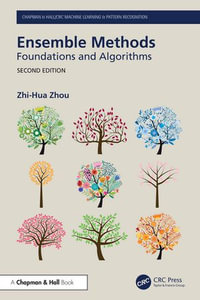
eTEXT
Data Analysis and Pattern Recognition in Multiple Databases
By: Animesh Adhikari, Jhimli Adhikari, Witold Pedrycz
eText | 9 December 2013
At a Glance
eText
$159.01
or
Instant online reading in your Booktopia eTextbook Library *
Read online on
Desktop
Tablet
Mobile
Not downloadable to your eReader or an app
Why choose an eTextbook?
Instant Access *
Purchase and read your book immediately
Read Aloud
Listen and follow along as Bookshelf reads to you
Study Tools
Built-in study tools like highlights and more
* eTextbooks are not downloadable to your eReader or an app and can be accessed via web browsers only. You must be connected to the internet and have no technical issues with your device or browser that could prevent the eTextbook from operating.
ISBN: 9783319034102
ISBN-10: 3319034103
Series: Intelligent Systems Reference Library : Book 61
Published: 9th December 2013
Format: ePUB
Language: English
Publisher: Springer Nature
Volume Number: 61
You Can Find This eBook In
This product is categorised by
- Non-FictionEngineering & TechnologyTechnology in GeneralEngineering in General
- Non-FictionComputing & I.T.Computer ScienceArtificial IntelligenceComputer Vision
- Non-FictionComputing & I.T.DatabasesData Mining
- Non-FictionComputing & I.T.Computer ScienceArtificial IntelligencePattern Recognition
- Non-FictionComputing & I.T.Computer ScienceImage Processing
- Non-FictionMathematicsProbability & Statistics
- Non-FictionComputing & I.T.Computer ScienceArtificial IntelligenceExpert Systems & Knowledge-Based Systems























